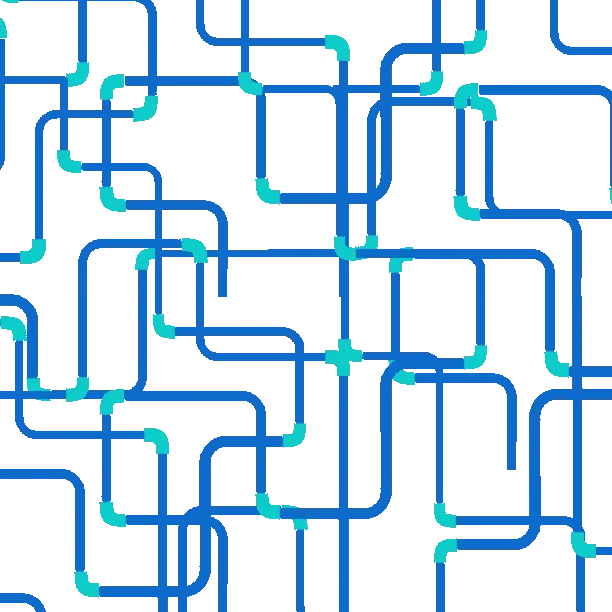
Perspectives of SALI and Desalination
Can we transport ocean water the way we transport oil?
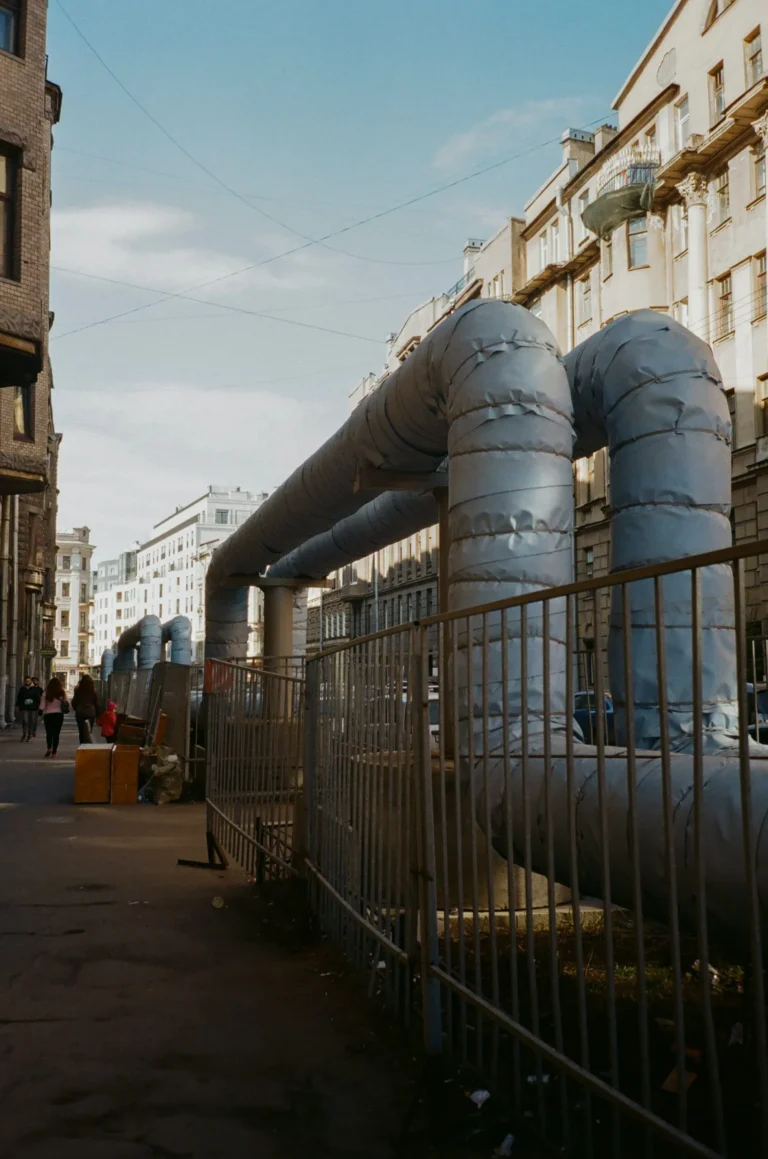
The North American pipeline system can be used to transport saltwater from the ocean across the country. At peak capacity, 830,000 barrels are transported daily, equal to 12,718,984 liters. This is equivalent to 12,718,984 plastic water bottles.
The infrastructure in place can be converted for transporting saltwater. It is common practice to do hydro-static pressure testing on oil pipelines by running water through them at high pressure to test for cracks. This demonstrates pipelines already possess the ability to run water through.
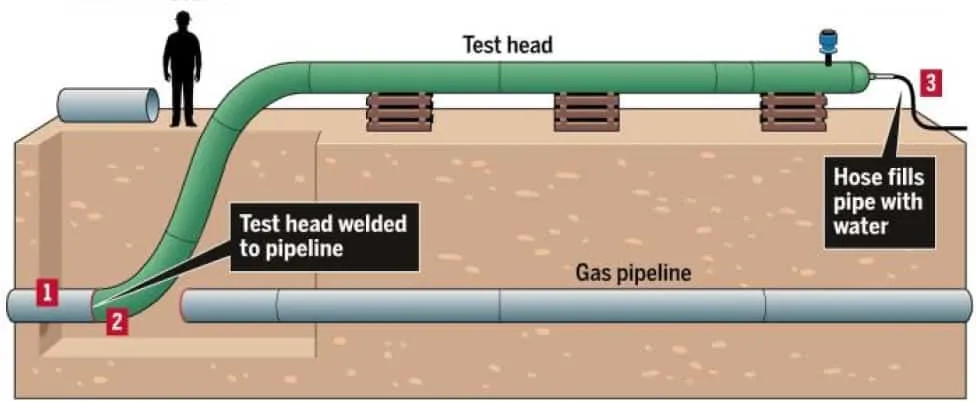
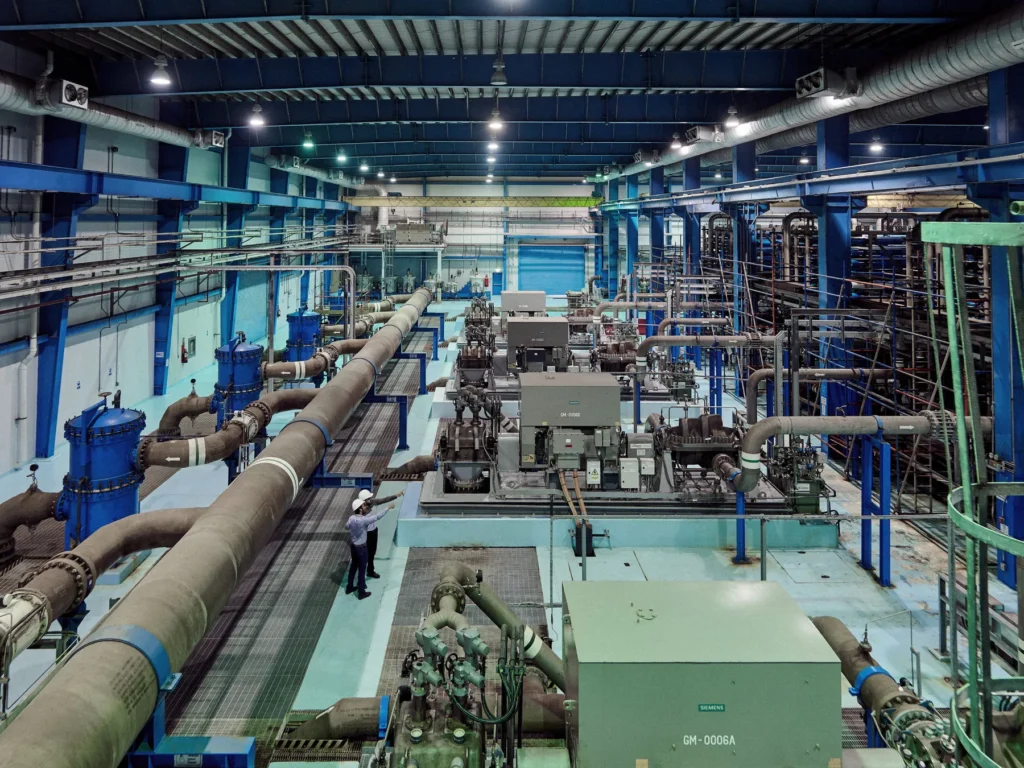
Pumping stations can be repurposed to hose in salt water from the oceans near the coasts, east, and west. In the continental USA, the West and South-west states are currently experiencing historic droughts where state officials are panicking and having to regulate what little water is left. If salt water from the Pacific is pumped throughout these regions with the refitted crude oil pipelines, drinking water dearth can be alleviated.
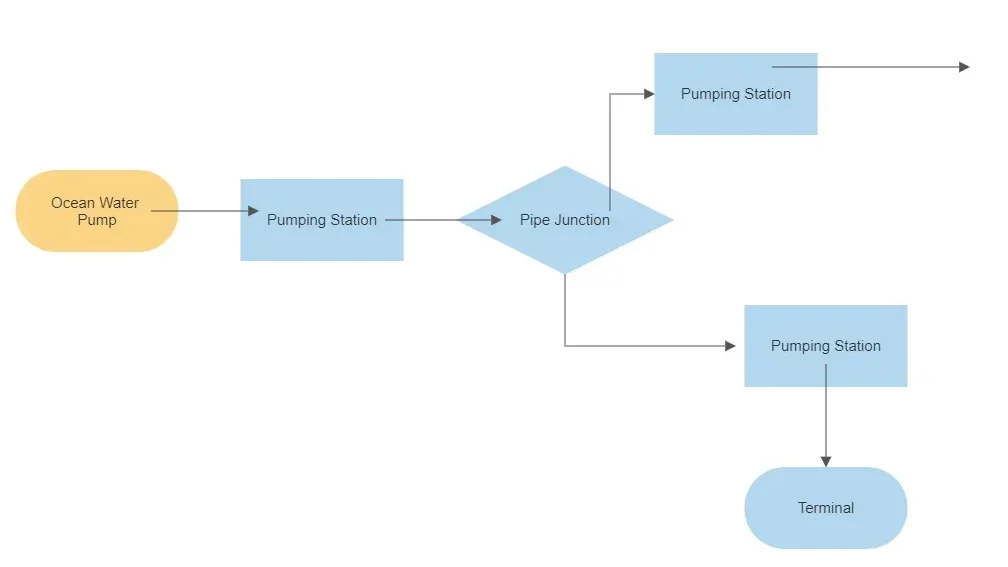
How is oil transported?
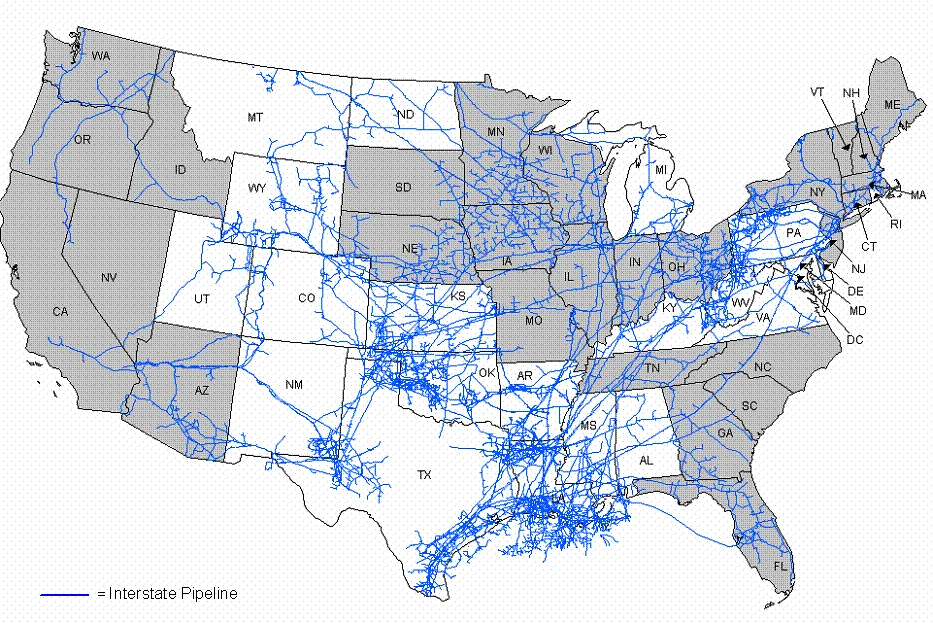
The safest and most reliable means of transporting oil are oil pipelines, America has the world’s most expansive pipeline system. The crude oil pipeline moves oil to refineries, where the oil is refined and transported to other terminals across the country in a product pipeline. Pump stations are placed every 20-100 miles to keep the oil moving. Oil paths can be controlled through system control of oil pipeline openings and smart sensors are used to test any leaks.
SALI vs Traditional Reverse Osmosis
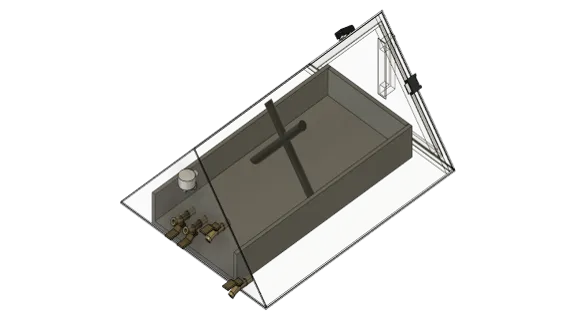
•One inexpensive carbon filter
•Low cost
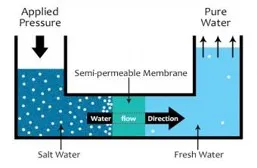
•Costly RO filters requiring frequent replacement
•Very expensive
Traditional desalination is flawed as current mainstream desalination uses reverse osmosis (RO) technology to separate impurities from seawater. Forcing water through thousands of semipermeable membranes under very high pressure requires intensive use of electricity plus frequent replacement of expensive RO filters.
SALI is easily accessible to families and will be an educational opportunity for children to learn the concept of evaporation from their own backyards. It will allow denizens of water-impoverished regions to contribute to the fight against water scarcity and improve community awareness of water usage.
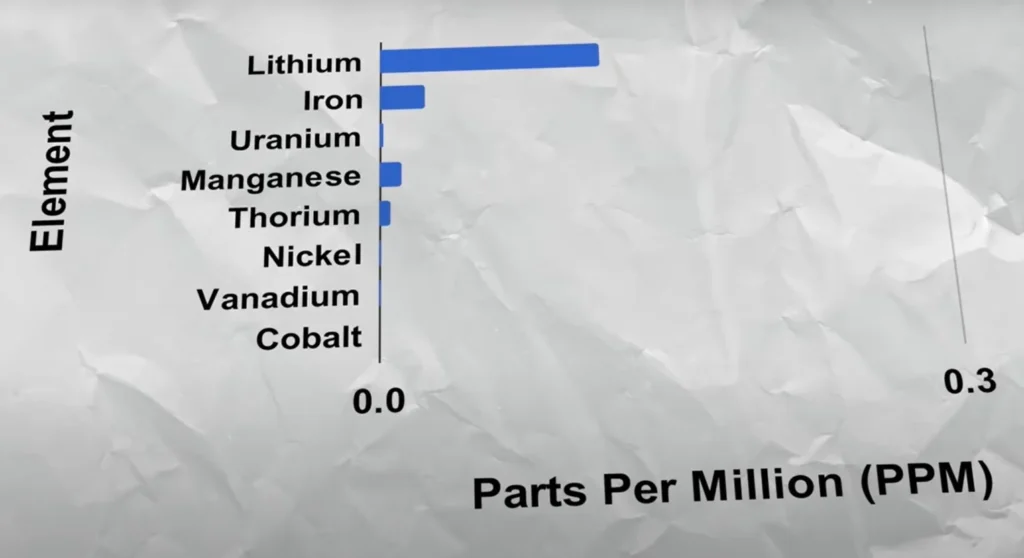
The brine left over from evaporated salt water has been seen as a flaw in Thermal desalination based on the water cycle. It was viewed as a waste product that couldn’t be used for anything and served only to be pumped back into the ocean to pollute it. The trace number of valuable elements, such as lithium, in truth only serves to make traditional desalination more valuable. Brine from SALI could be filtered for valuable elements to sell back on the market.
SALI is more than a device!
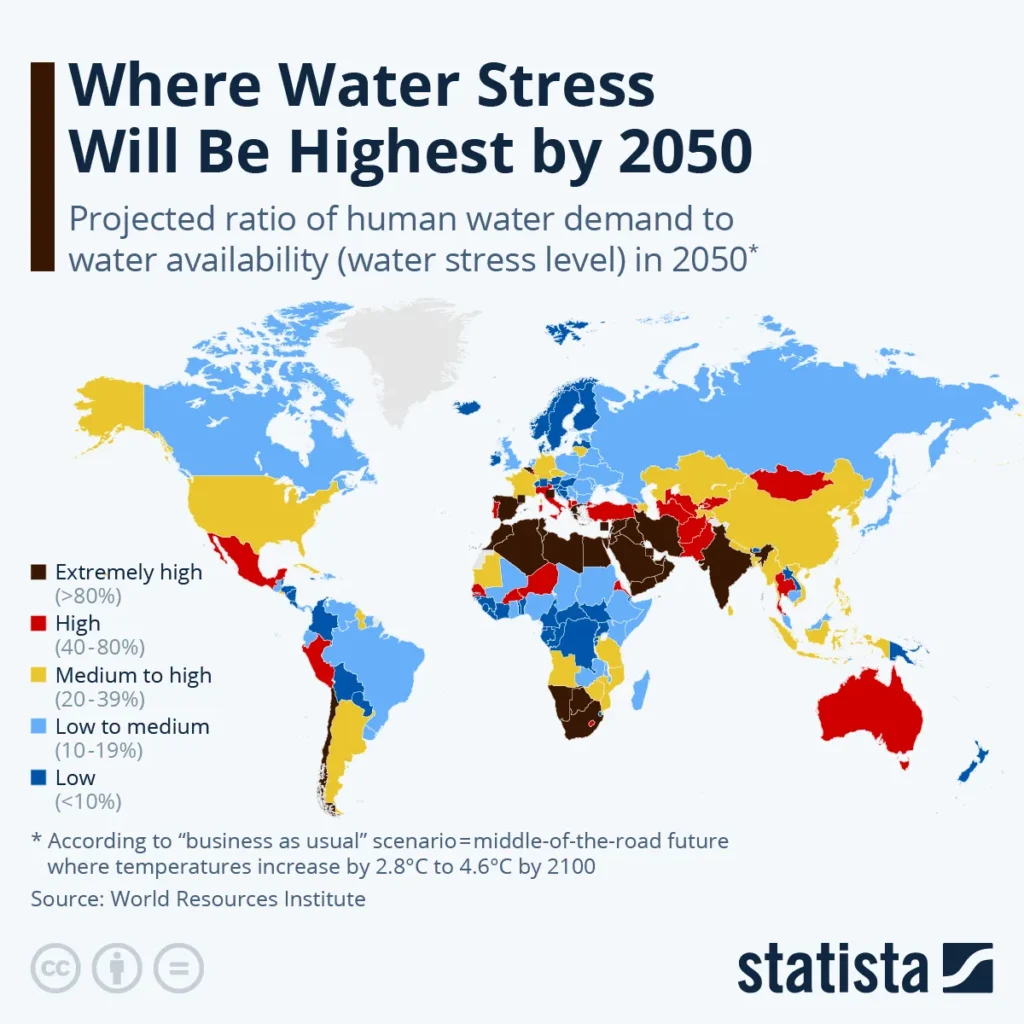
SALI is not just a desalination device: it is an infrastructure. SALI is the promise that you are guaranteed drinking water as a human right. SALI would be useless if you don’t have easy access to saltwater so supporting infrastructure is needed, otherwise, the drinking water problem remains unsolved.
Only 2.5% of the world’s water is fresh water. 97.5% of the world’s water is salt water. If saltwater could be easily converted to drinking water, then drinking water would be as scarce as air.
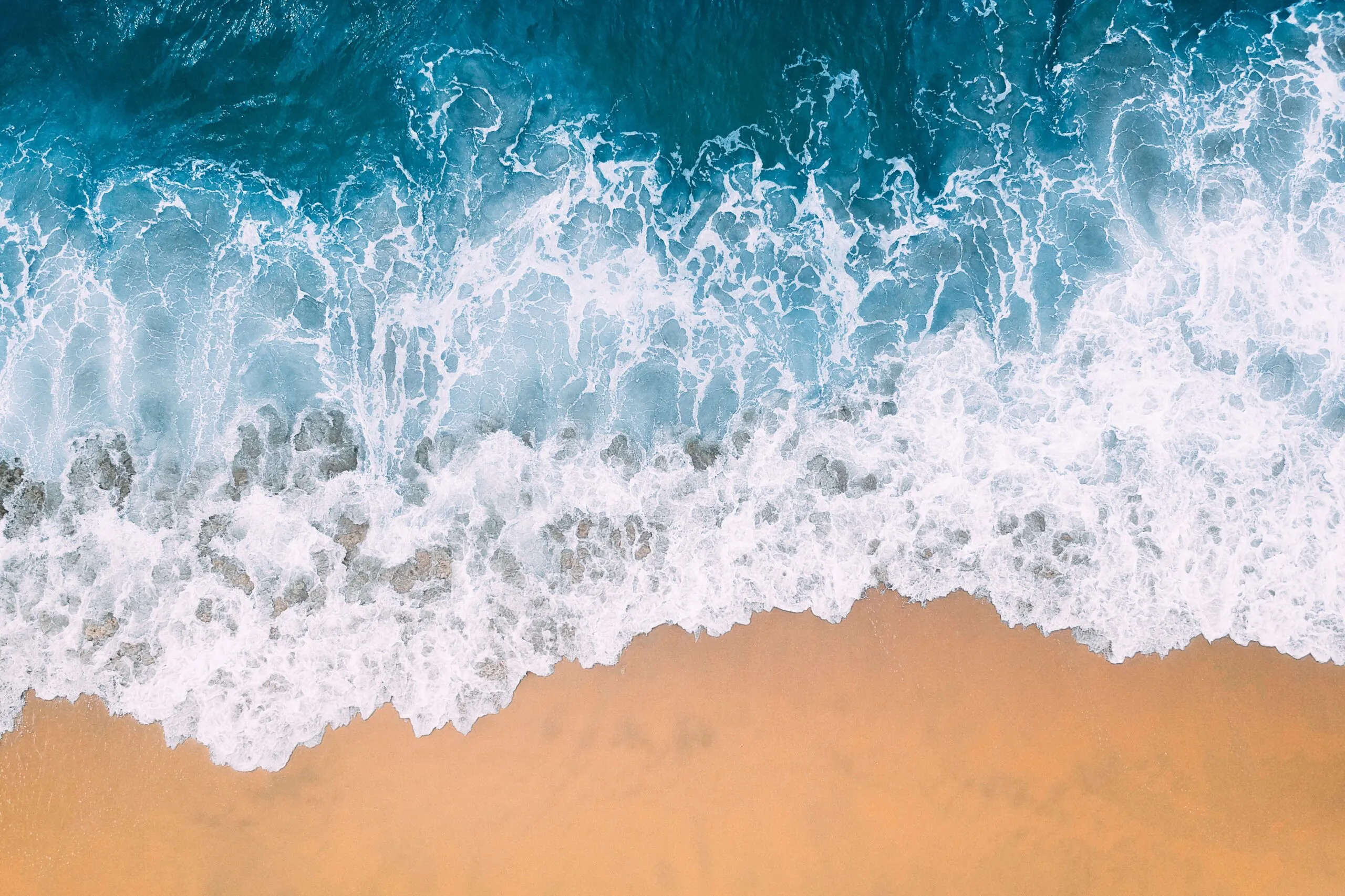
Learn more about SALI
